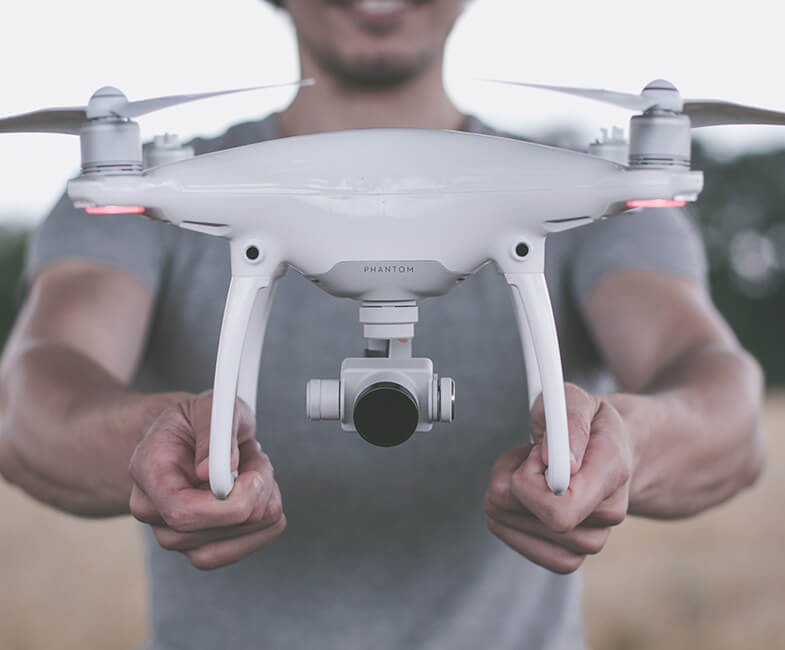The falling cost of unmanned aerial vehicles (UAVs), commonly known as drones, made Lakeland drone videography a recreational activity for many families and groups of friends.
Their expanded use in the field of photography, racing, and surveying led many companies to invest heavily in them. Drones for recreational use, of course, have always been on the rise.
But with drones continually rising in number and in their uses, issues of security and public safety have also been on the forefront of many rules and regulations written for drones.
Drone security
There will be tighter security measures placed on the use of drones in the future. That’s what we can be sure of. Over the years, there have been several incidences where flights have been grounded or delayed because of drones managing to interrupt lights.
If drones are going to be deployed in a large scale, it is more likely that governments need to impose measures that would put radars and monitoring systems in the drones to help commercial and public aircraft identify if there are drones flying in the vicinity of their airspace.
Drone delivery
Small and large companies are testing out the viability of using drones to deliver items to their customers. We all know about Amazon’s testing of the drone delivery system and how it worked and failed for some.
Drone delivery will continue to ramp up in the coming years as we’re trying to find more ways wherein we can get the items we ordered almost real time. Consumers are craving instant gratification and they want to receive the items they ordered online almost instantaneously.
Drones for public safety
Drones can be equipped with radars and thermal imaging devices that will allow them to see through smoke, fog, darkness, and vegetation. Do you know how useful this can be for search-and-rescue operations?
Reports said drones have already saved more than a hundred people at sea, lost in the wilderness, or car crashes. More and more municipalities would want to invest in Lakeland drone videography because it is cost-effective, it helps protect public interests, and it increases the safety of the boots in the ground.
Some drones are also being installed with the beyond visual line of sight (BVLOS) technology, wherein the pilot doesn’t necessarily have to see the drone to know where it is or what it detects. This allows for an autonomous flight for both take-off and landing.

